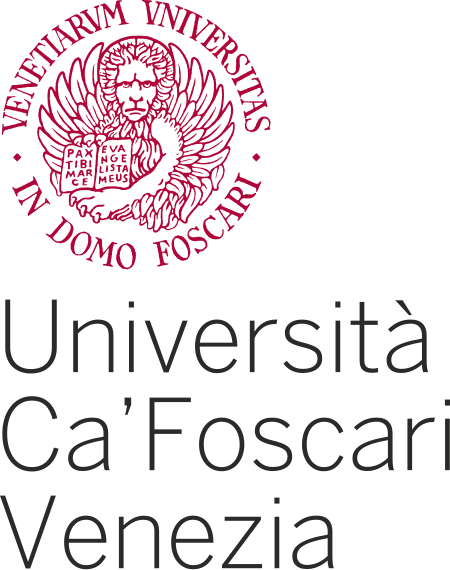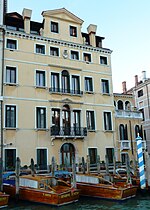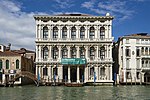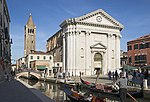Ca' Foscari University of Venice

Ca' Foscari University of Venice (Italian: Università Ca' Foscari Venezia, simply Università Ca' Foscari) is a public university in Venice, Italy. Since its foundation in 1868, it has been housed in the Venetian Gothic palace of Ca' Foscari, from which it takes its name. The palace stands on the Grand Canal, between the Rialto and San Marco, in the sestiere of Dorsoduro. Ca' Foscari became a full fledged university in 1968. It currently has eight departments and almost 21,000 students. Ca' Foscari's teaching and research is centred around economics & business, humanities, and modern languages. In 2017 Ca' Foscari's economics department was ranked as Italy's 3rd best, surpassed by University of Bologna and University of Padua, while it in general ranked of 5th out of 89 universities.
Excerpt from the Wikipedia article Ca' Foscari University of Venice (License: CC BY-SA 3.0, Authors, Images).Ca' Foscari University of Venice
Calle Giustinian, Mestre Venezia-Murano-Burano
Geographical coordinates (GPS) Address Nearby Places Show on map
Geographical coordinates (GPS)
| Latitude | Longitude |
|---|---|
| N 45.4345 ° | E 12.3265 ° |
Address
Ca' Foscari
Calle Giustinian
30170 Mestre, Venezia-Murano-Burano
Veneto, Italy
Open on Google Maps










